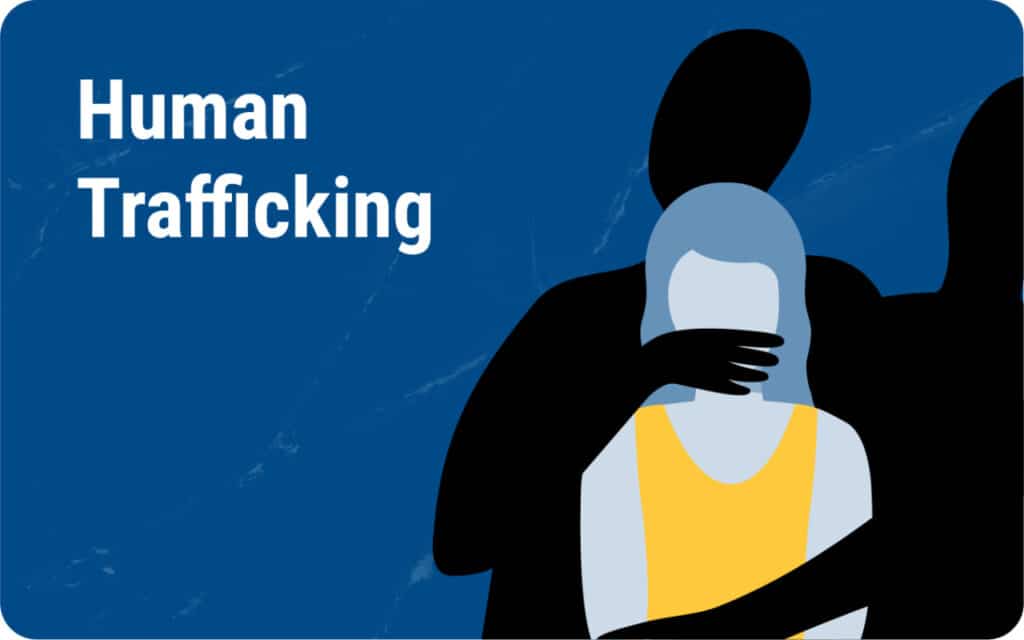Trafficking Awareness in Uzbekistan Stays High at 61.3%

A new national survey conducted by the Ijtimoiy Fikr Centre reveals that public awareness in Uzbekistan of human trafficking remains high, with most citizens recognising the severity of the issue and expressing confidence in the country’s preventive efforts.
The poll, based on multi-year monitoring, indicates that 61.3% of respondents in 2025 said they were well aware of human trafficking, compared to 62.8% in 2022. Another 29.5% reported partial awareness, suggesting growing interest but also the risk of misinformation if not paired with accurate education.
Media Plays Central Role in Awareness
Television remains the leading source of information for 76.8% of respondents, followed by social media (54.1%) and print media (24%). While digital platforms are becoming increasingly influential, concerns were raised over the reliability of content on social networks. Experts highlighted the need for stronger media literacy to ensure accurate understanding of the issue.
More than half of respondents (50.9%) positively assessed the role of media in covering human trafficking, while another 35.1% believed the coverage could be deeper and more consistent. However, low public interest and limited educational programming were seen as key barriers to greater awareness.
Most Citizens Know Where to Seek Help
The study found that 73.2% of people knew where to turn if confronted with a trafficking situation, with police (78.3%), the prosecutor’s office (47.1%) and the Ombudsman (37.2%) among the main points of contact. The national anti-trafficking hotline was mentioned by 27.6%, and some noted foreign embassies or consulates as options when incidents occurred abroad.
Despite this, 14.2% of respondents said they did not know whom to contact, signalling a need for broader outreach among vulnerable groups.
Public Sees Progress but Stresses Remaining Risks
The majority of Uzbeks (87.1%) regard trafficking as a serious threat, yet 73.1% believe the situation has improved over the last five years due to stronger preventative policies and public campaigns. Labour exploitation remains the most recognised form of trafficking (68.9%), followed by sexual exploitation (42.1%), illegal organ trade (24.3%), forced begging (23.2%) and child trafficking for illegal adoption (21.3%).
Common risk factors identified by the public include unemployment, the desire to earn quickly, low legal awareness and a willingness to emigrate at any cost. Naivety and over-trusting behaviour were also seen as contributing vulnerabilities.
Calls for Broader Prevention and Stronger Laws
To prevent trafficking, most respondents called for intensified public education campaigns. Other key proposals included tougher penalties for traffickers, greater international cooperation and stronger legal frameworks. Support for victims, including reintegration and legal aid, was also prioritised.
Encouragingly, 91.9% of cases known to respondents ended with the victims escaping and returning home. This, analysts say, shows the effectiveness of state response mechanisms when victims are reached.
The findings indicate that Uzbekistan has built a strong base of public awareness and trust in institutions. However, continued focus is needed on expanding legal education, enhancing preventive infrastructure and targeting high-risk areas to ensure long-term resilience against human trafficking.
Kursiv also reports that this year Uzbekistan has tightened penalties for human trafficking by introducing new amendments to the country’s Criminal Code.

